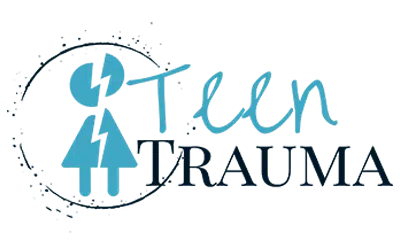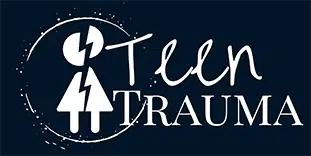Teen Trauma Increase the Risk for Human Trafficking
Many parents are under the impression that their children are immune to the risks of human trafficking crimes. Yet no child is completely safe from these criminals, and parents need to be proactive to understand what puts a child at higher risk.
Certain risk factors that many children face make it more likely that they will fall victim to these types of crimes. Specifically, children who have felt abandoned by a parent, youth with a history of abuse, and teenagers who run away from home are at high risk.
Here is a closer look at the risks factors and how they connect to a higher prevalence of commercial exploitation among teenagers.
1. Risk Factors of Human Trafficking: Teens that Run Away From Home
Children Without a Home Are Often Targets
In order to traffic a child, human traffickers must get them away from their homes. Children who choose to run away or who are kicked out of their homes are easy prey, and this is far too common among today’s youth.
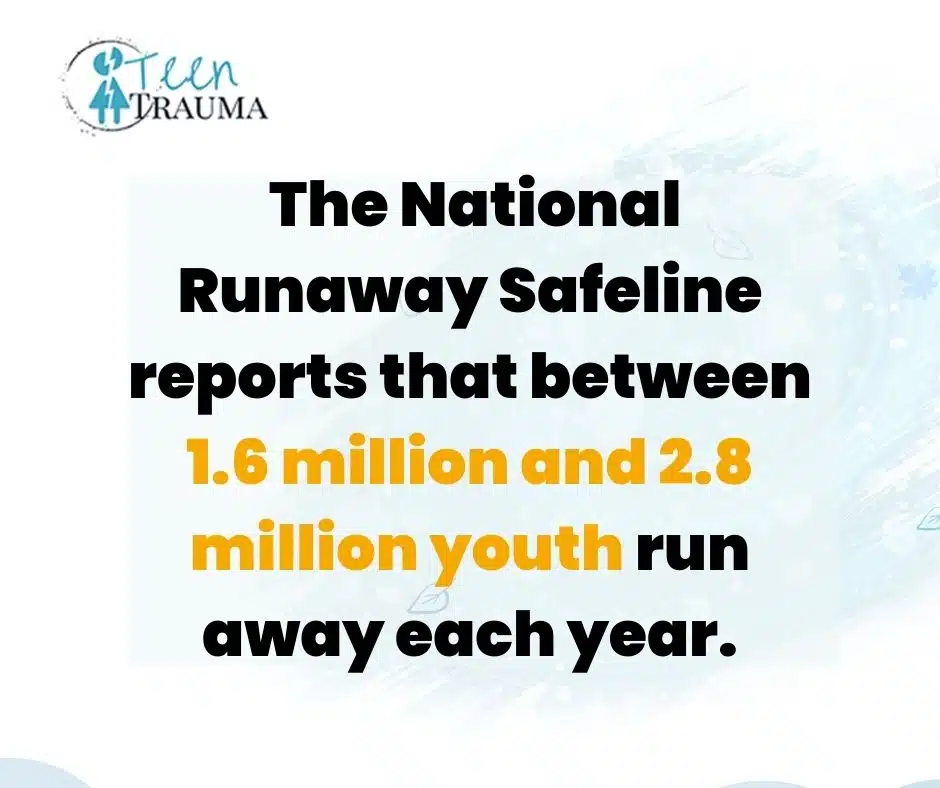
According to 2017 data from the US Department of Justice, 1.6 million to 2.8 million young people run away from home each year.
While most of those children are found and returned home, thousands will end up reported as missing children.
The Center for Missing and Exploited Children reports that 91% of the children reported as missing are considered endangered runaways.
When children run away from home, they are prime targets for child sex traffickers. The emotional turmoil that these young people face that drives them to leave home makes them vulnerable to the tactics of these criminals.
As many as three-fourths of prostituted youth, indulging both boys and girls, have run away from home at least once.
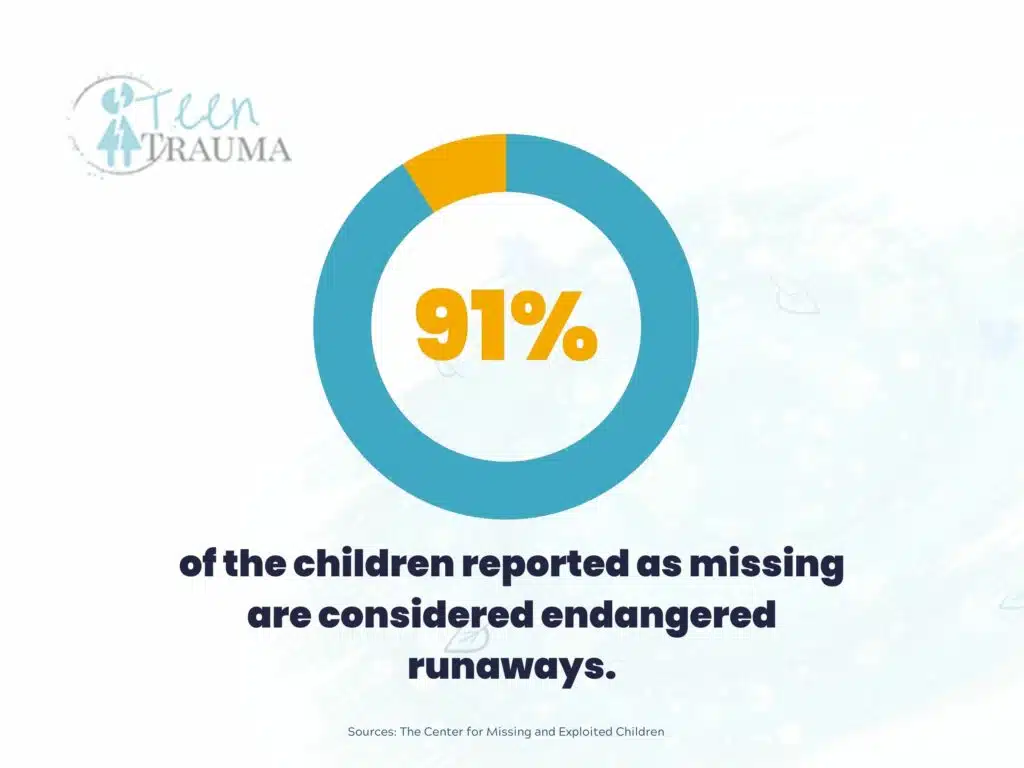
Sometimes, children are not runaways because they chose to leave the home, but rather they are forced to leave the home because their parents kick them out.
These “throwaway” children are even more emotionally vulnerable because of the emotional abuse they faced that caused them to get kicked out.
They do not feel it is possible for them to return home, so the only option they have is to live on the streets.
It does not take long for a child to get picked up by a human trafficking ring after leaving the home. In fact, in a report published by the US Department of Health and Human Services entitled “Human Trafficking Into and Within the United States,” researchers stated that within 48 hours of leaving home, the majority of runaways are approached and asked to participate in commercial sexual exploitation.
The majority of these children leave home because they do not feel safe at home, and the promises of the prostitution circle feel like a safer option, making them easy targets.
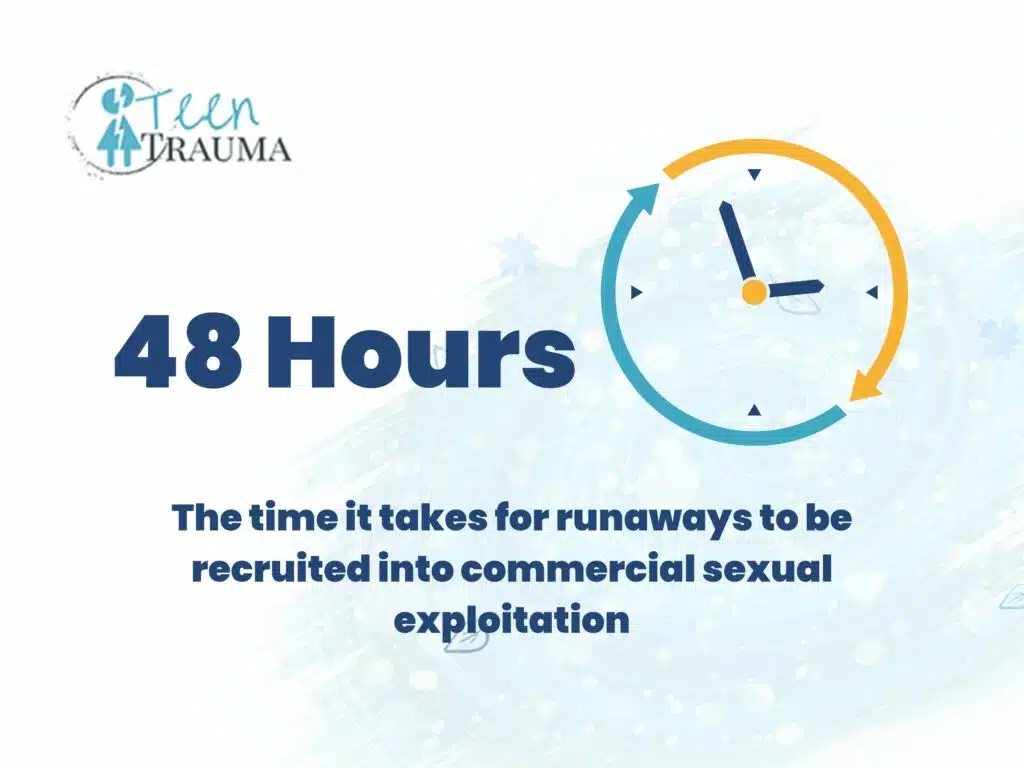
Even children who are not targeted immediately for prostitution remain at risk as long as they live on the street. Homeless youth often do not have the funds to buy food and shelter, and this can cause them to turn to prostitution and other criminal behaviors because of the promise of easy income.
They also tend to lack the problem-solving and conflict resolution skills that come from living in a stable family, and this makes them easier to coerce into sexual crimes.
These youths become trapped, feeling like their only chance at survival is to enter into these behaviors in order to earn some money.
Within 48 hours of leaving home, the majority of teen runaways are approached and asked to participate in commercial sexual exploitation.
#EndingHumanTrafficking #preventhumantrafficking #sextraffickingteentrauma.com Tweet
2. Risk Factors of Human Trafficking: Loss of a Parent
Parent Loss Increases the Chances of Children Getting Exploited
While it may seem obvious that children who are sexually abused are at higher risk for prostitution crimes, other risk factors are less so. One risk factor that often surprises families is disruptions in the home that lead to the loss of a parent or the parent’s influence.
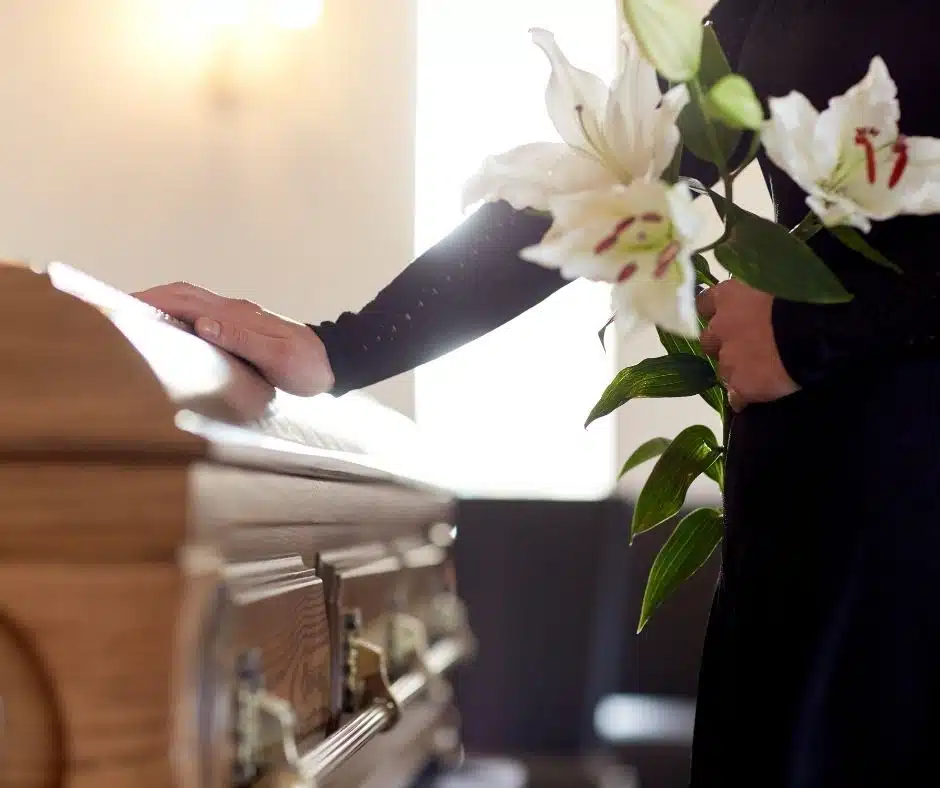
Children need strong emotional connections with both their mothers and their fathers. When a child loses a parent or feels abandoned by a parent, it can create an emotional void that can be difficult to fill.
That void increases the risk of the child ending up in a trafficking situation when they look to others to fill the gap.
Loss of a parent can happen in many ways, both intentional and non-intentional. Abandonment by a parent who leaves the child or places the child in a foster care situation is a common risk factor.
However, a child can also feel these feelings if their parent dies. In multiple studies, young girls who were found in prostitution rings often reported that their mothers had died.
Loss of a parent can also happen through a divorce. Even if the parents are still present in the child’s life, the feeling of abandonment and the overall disruption of family life can leave children feeling alone.
A lack of connectedness with family and feeling separated from others increases the risk of sexual exploitation.
Sometimes, children can feel this loss even when the parent still lives in the home. Emotionally unattached parents or parents who struggle with substance abuse and addiction cannot meet the emotional needs of their children, and those children feel that loss keenly.
Those who work in sex trafficking can find these children and reach out to their emotional vulnerability, luring them into the sex work and trapping them.
3. Risk Factors of Human Trafficking: Sexual Abuse
Sexual Abuse a Common Characteristic of Sex Trafficking Victims
Once a child is lured into a sex trafficking circle, escape is difficult. These criminals know how to keep their victims under their control and hidden from the people who care about them. The best way to protect children is to keep them from becoming victims to begin with.
By understanding these risk factors, parents can take measures to protect their children before they end up in these situations.
Even though some of these issues, such as divorce or the death of a parent, may not be avoidable, knowing that they put the child at risk can help parents watch for danger signs and put the right supports in place to protect the child.
If a child is at risk due to trauma, abuse, or abandonment, seeking trauma treatment can help protect against the very high risk of sexual exploitation.
Understanding These Risks Helps Protect Children
The best way to protect children is to keep them from becoming victims.
#EndingHumanTrafficking #preventhumantrafficking #sextraffickingteentrauma.com Tweet
Share this article
